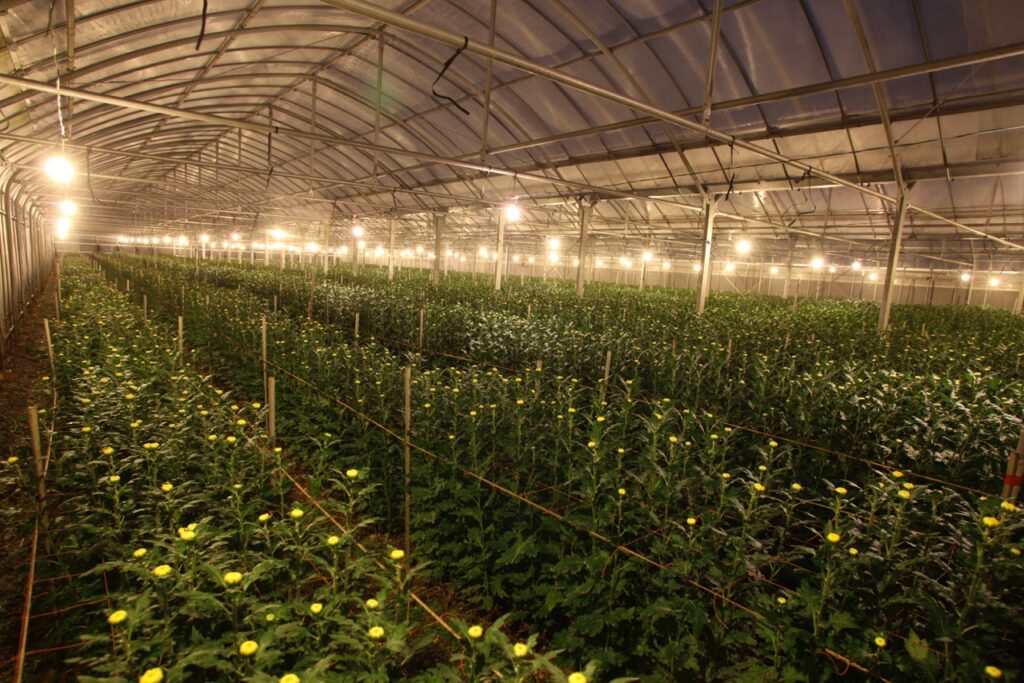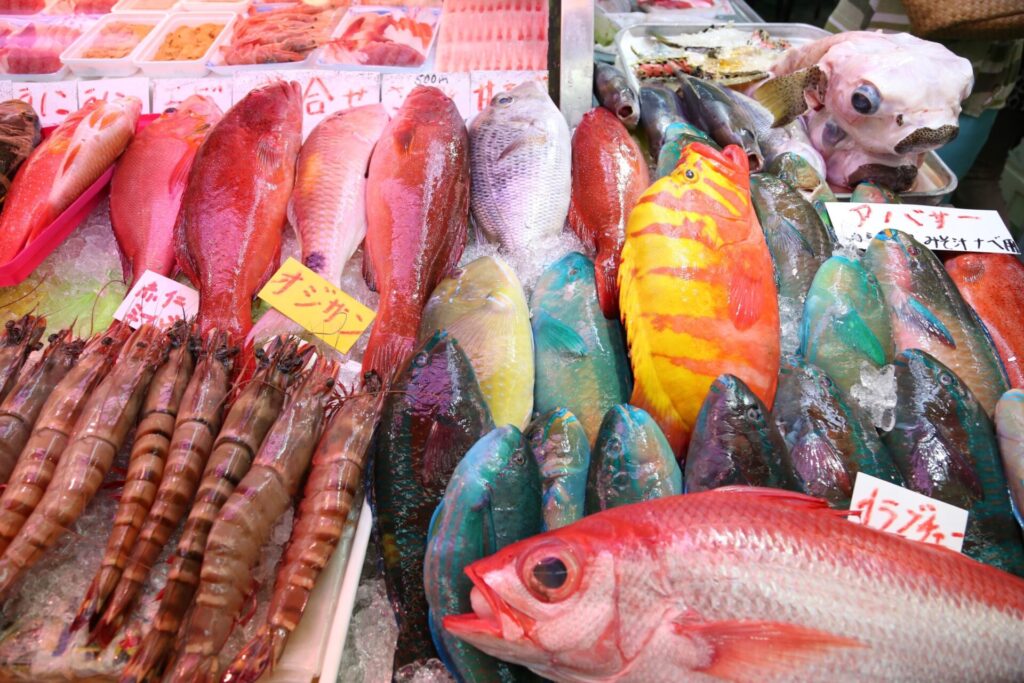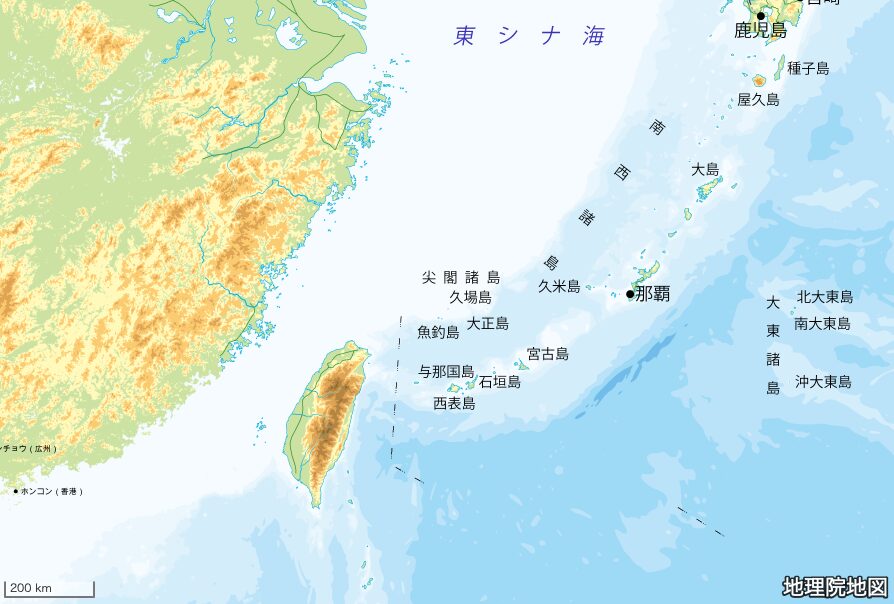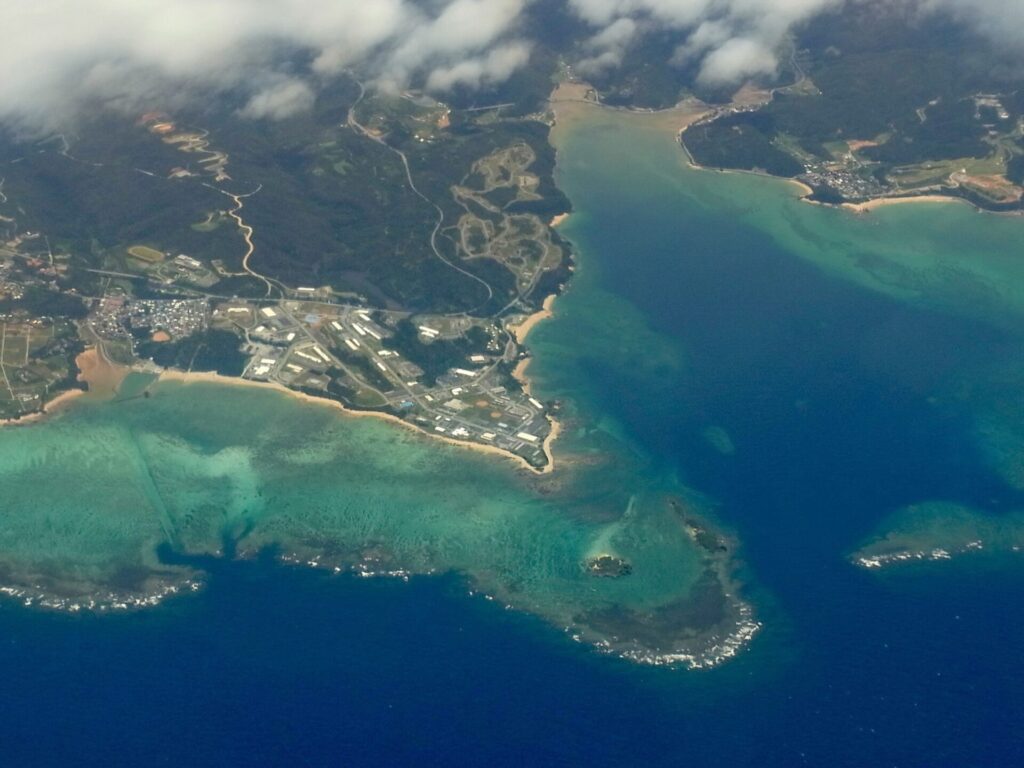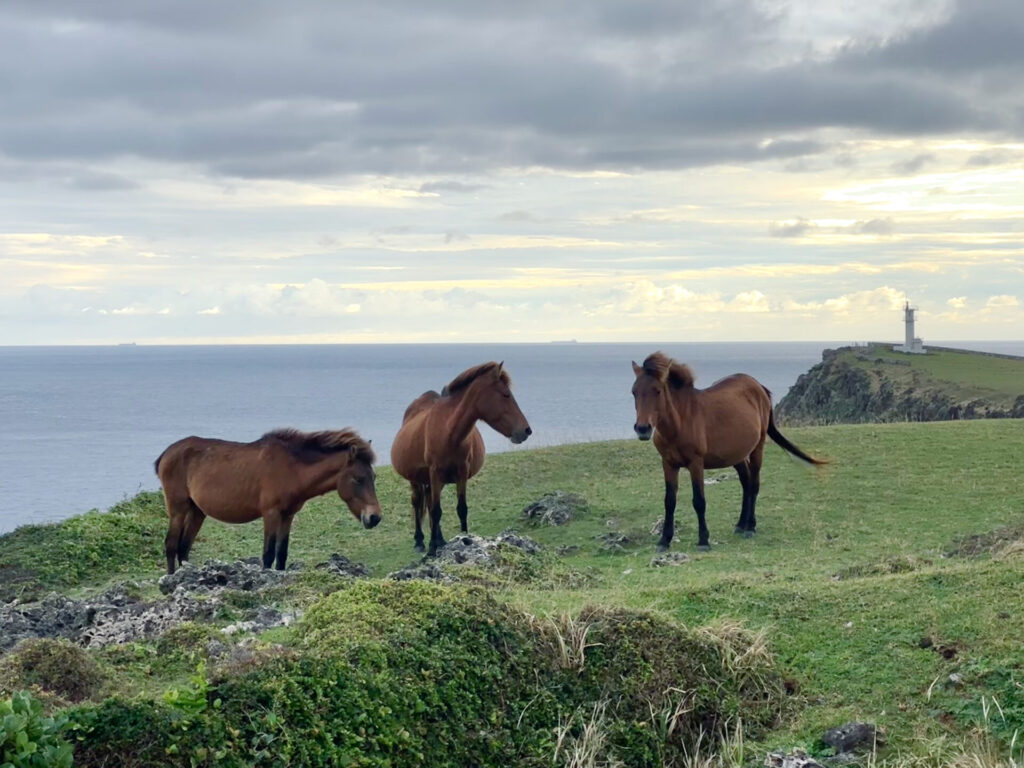Chōmīgusa

Coastal hog fennel. Also called button siler in Japanese, given its button-like shaped leaves. In kanji, “牡丹防風”. It’s generally called chōmīgusa in Okinawa albeit its various original local names: sakuna (main island of Okinawa), sakonan (Hateruma Island), gunna (Yonaguni Island), ishobana (Amami Island), hamadēkunī (Yoron Island), etc. Belonging to the Apiaceae family, it grows wild on sunny coasts, and in a rocky or sandy area. It has a unique acrid smell; at a festival called mushama in Hateruma Island I believe, I was doubtful seeing ladies slicing this plant as a vegetable garnish to serve with sashimi1. As I ate it, the smell didn’t bother me anymore after a while, and it began to taste rather fine.
In Yonaguni Island, this plant is said to be indispensable at the naming celebration of a baby, to share the good luck of its name chōmī (long life). It is once again, served as a garnish for sashimi. Beach silvertop—which is also a plant of Apiaceae family—is good as sashimi garnish too and hence is often mistaken for chōmīgusa, but it is totally different. The latter has a thick stem and a radish-like root, which is why people of Yoron Island call it beach radish. Roots of beach silvertop can be dried, decocted, and drunk to alleviate fever, pain, or rheumatism. It has long been valued as a medicinal herb since ancient times.
“The stem and leaves of gunna are a bit tough. So you have to boil it very well to soften it. Dress it with miso, and it will be tasty. Or else, you mix it with buckwheat to make soba noodle. The soba will become a little greenish. That is good, too.”
This is what the walking encyclopedia of Yonaguni Island, Ms. Ikema Nae said. Hence why I transplanted some chōmīgusa from Yonaguni Island to my house in Itoman. It’s been four years since; the so-called gunna of Yonaguni is well in the corner of my garden, although not much as I expected. I have been fertilizing it diligently with oil cakes and what, but it won’t grow wide and wild and wham. It does bloom in early summer, yet it doesn’t grow high, and its branches and leaves have no strength. Once, a friend came over and laughed, “Chōmīgusa won’t grow without a strong sea breeze. This isn’t the right place.”
It won’t grow as expected, but I find it admirable how it still subsists without withering. Preferring the seasides tormented by severe sea breeze over the mountains or gardens of a house: as a plant, it certainly has a vigor worthy of respect.
Editor’s Note:
- A dish of sliced raw seafood or meat.







